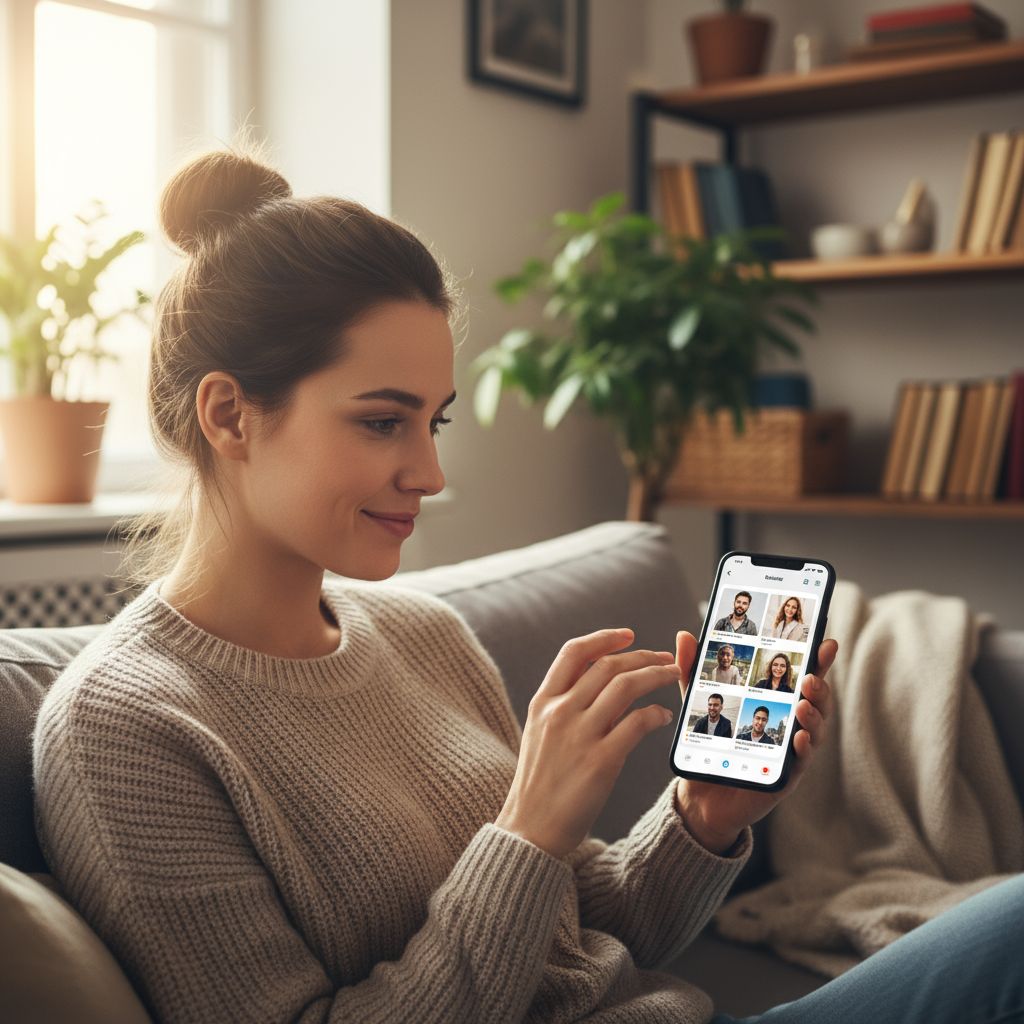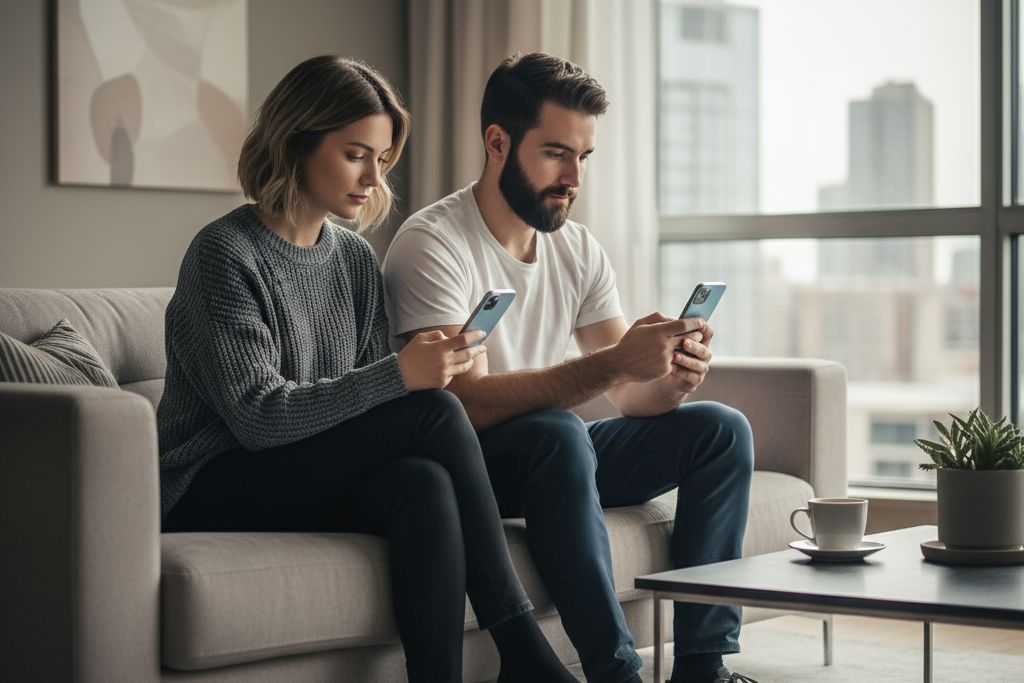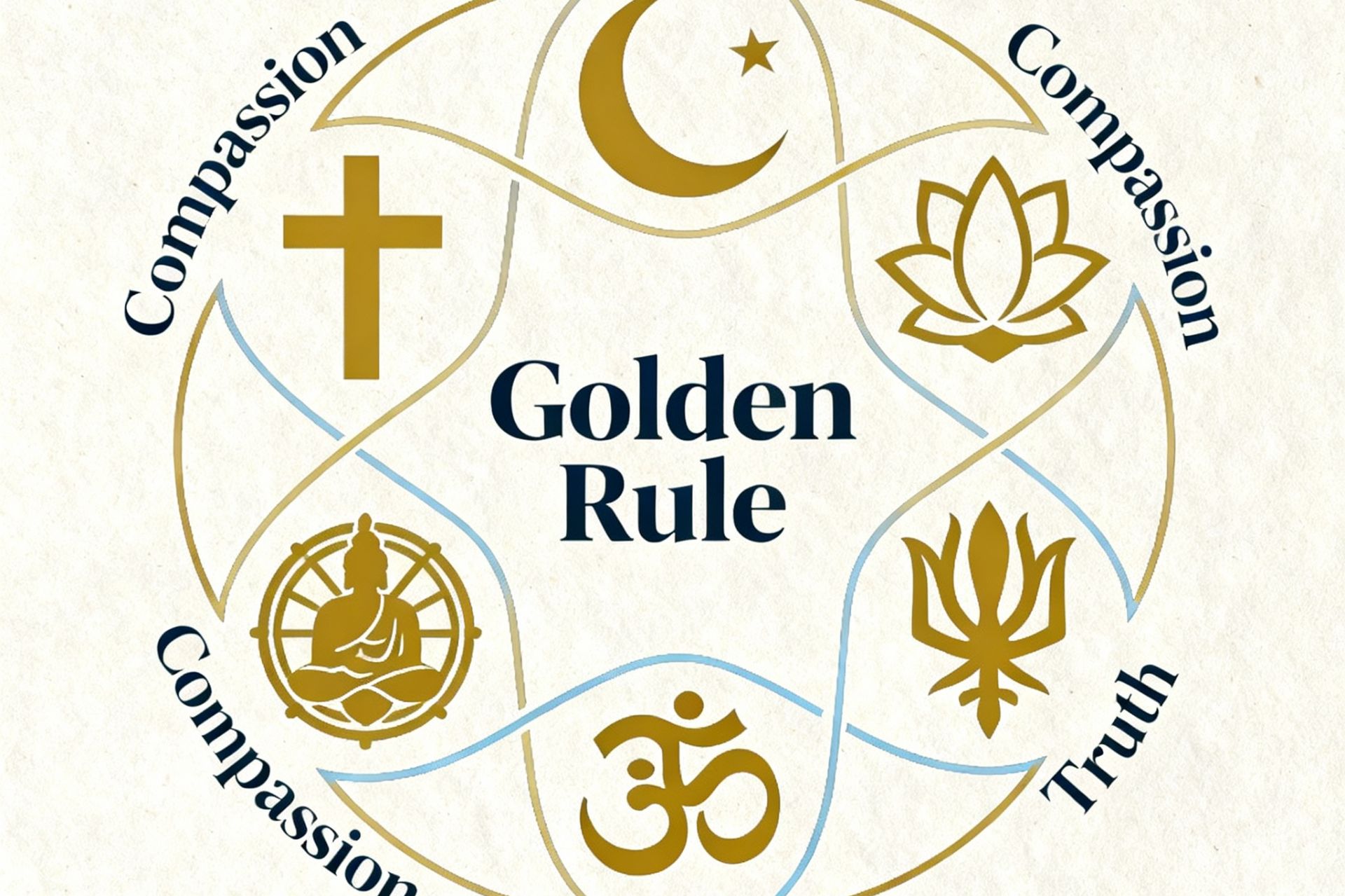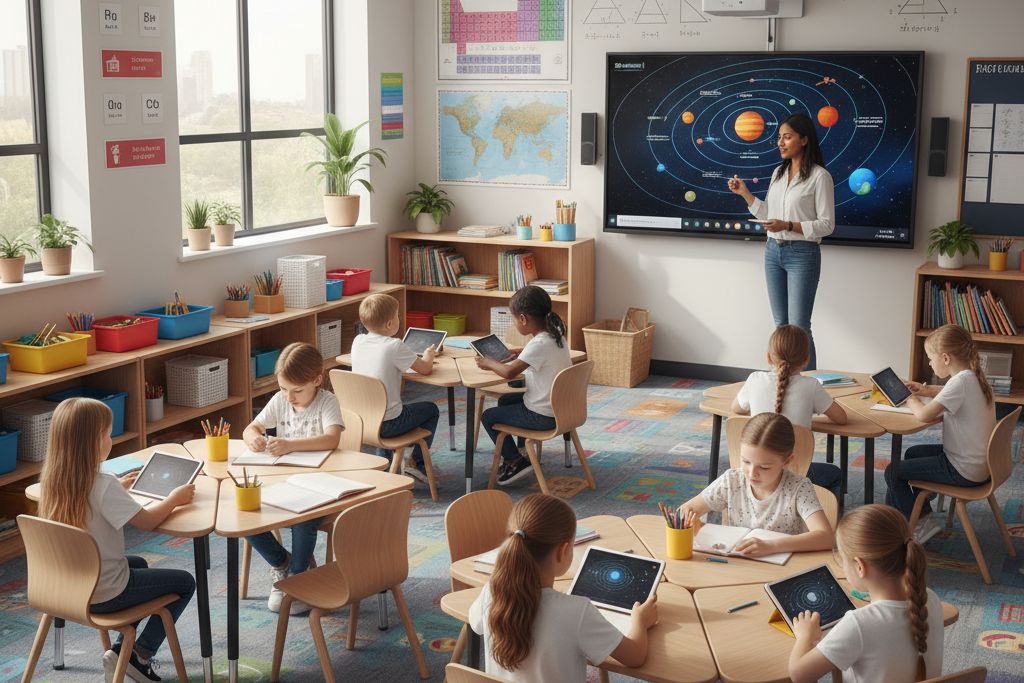Love in 2025 looks nothing like the fairy tales our grandparents lived through. We're swiping instead of meeting eyes across crowded rooms, getting jealous over Instagram likes instead of handwritten letters, and having "relationship status" conversations through text messages. Modern relationships are simultaneously more connected and more fragmented than ever before—and the statistics tell a story that's both fascinating and concerning.
While technology has opened infinite possibilities for connection, it's also created unprecedented challenges that are fundamentally reshaping how we love, commit, and build lasting partnerships. Here's what's really happening in the world of modern romance.
The Digital Revolution: How We Meet Has Completely Changed
The most dramatic shift in modern relationships? How couples actually find each other. Over 50% of couples now meet through dating apps, making digital platforms the primary pathway to love. This represents a massive change from even a decade ago when meeting through friends dominated the scene.

The numbers paint a clear picture of this digital takeover:
Online dating leads at 50%+ of how couples meet
Through friends drops to just 15%
Workplace meetings account for only 10%
College connections represent 7%
This shift isn't just about convenience—it's fundamentally altering relationship expectations and dynamics. The U.S. dating services market is expected to reach $3.6 billion in revenue by 2024, highlighting just how central these platforms have become to modern romance.
But here's the psychological twist: While dating apps offer unprecedented access to potential partners, they're also creating new forms of relationship anxiety. Recent research shows that dating app usage increases appearance anxiety for both men and women, even though it doesn't significantly impact overall self-esteem. Users report feeling caught in cycles of validation-seeking that can become emotionally exhausting.
The Mental Health Revolution: Gen Z's New Dating Standards
Perhaps no generation has been more intentional about mental health in relationships than Gen Z. 82% of Gen Z finds matches more attractive when they prioritize mental health, representing a complete paradigm shift in what's considered desirable in a partner.
This generation treats therapy like going to the gym—a normal part of self-improvement rather than something to hide. 37% of Gen Z has received therapy, compared to just 15% of the Silent Generation. They're also bringing this openness directly into their dating lives.
The new Gen Z dating approach includes:
Early discussions about mental health needs and boundaries
Prioritizing emotional stability over traditional markers like wealth
86% agreeing that micro-romance (small gestures like sharing memes) is how modern love is expressed
Viewing therapy attendance as a green flag rather than a red one
However, this focus on mental health isn't just positive—it's also born from necessity. 46% of Gen Z reports feeling stressed or anxious most or all of the time, making emotional wellness a critical factor in relationship success.
The Social Media Trap: When Digital Connection Creates Real Disconnection
Social media promised to bring us closer together, but in relationships, it's often doing the opposite. 51% of adults report that their partners engage in "phubbing" (phone snubbing), where they're distracted by their phones during face-to-face interactions.
The psychological impact is significant. Partners who dedicate tech-free quality time (at least one hour each evening without devices) report fewer distractions, suggesting that intentional boundaries are crucial for relationship health.
Social media jealousy has become a defining feature of modern relationships:
33% of participants argue over social media interactions like liking others' posts
Facebook use, in particular, increases feelings of suspicion and jealousy
Individuals with higher levels of jealousy tend to post their relationships on social media more frequently
The constant exposure to others' highlight reels creates unrealistic expectations. Couples find themselves comparing their behind-the-scenes reality to everyone else's carefully curated public image, leading to dissatisfaction and resentment.
The Commitment Paradox: More Options, Less Commitment
Modern relationships face a unique paradox: infinite choice leading to decreased commitment. 40% of long-distance relationships end in breakups, lasting just four and a half months on average. Meanwhile, fewer cohabitations are transitioning to marriage, even though 76% of recent marriages were preceded by cohabitation.
The cohabitation trend is accelerating rapidly:
Cohabitation rates are projected to increase from just under 10% today to over 16% by 2040
The share of married Americans has declined from 55.9% in 1996 to 46.4% in 2023
The median age at first marriage has risen to 30 for men and 28 for women
This shift represents more than just delayed timing—it reflects changing attitudes about what commitment means. Many couples are choosing to test compatibility through cohabitation rather than making immediate marital commitments, though research shows these relationships often have different outcomes than marriages.
The Hookup Culture Dilemma: Casual Sex, Serious Consequences
Hookup culture dominates college campuses and beyond, but the psychological toll is becoming increasingly clear. 70% of sexually active 12-21-year-olds reported having uncommitted sex within the last year, yet the emotional consequences are significant.
The hidden costs of hookup culture include:
82.6% of undergraduate students report negative mental and emotional consequences after hookups
78% of women and 72% of men experience regret afterward
More than half of college relationships that do form begin with a hookup
Paradoxically, 95% of women and 77% of men say they prefer dating to hooking up, and 63% of college men and 83% of college women would prefer a traditional romantic relationship. This suggests a disconnect between what young people actually want and what they feel pressured to participate in.
The Geography of Modern Love: Distance and Digital Connection
Long-distance relationships have become increasingly common, with 28 million people in LDRs in the U.S. Technology makes these relationships more feasible than ever, with couples sending 343 texts per week and spending 8 hours on phone/video calls weekly.
Long-distance relationship statistics reveal:
75% of college students have been in an LDR
58% of LDRs work out long-term
The average LDR lasts 2.86 years
65% of couples feel stronger due to their LDR experience
However, challenges remain significant, with 55% worrying their partner will find somebody else and 66% struggling with lack of intimacy.
The Five Biggest Threats to Modern Relationships
Recent psychological research identifies five key challenges straining contemporary relationships:
1. Digital Distractions
Constant phone use during quality time creates feelings of neglect and invisibility between partners.
2. Ideological Differences
Political, religious, and social belief conflicts have become more pronounced and divisive.
3. Managing Distance
Geographic separation due to career and educational opportunities strains emotional and physical intimacy.
4. Busy Lifestyles
Work stress and packed schedules leave little time for relationship nurturing, with 62% identifying lack of quality time as their biggest challenge.
5. Unrealistic Expectations
Social media comparisons and cultural pressures create impossible standards for partners and relationships.
The Path Forward: What's Working in Modern Romance
Despite the challenges, some couples are finding ways to thrive in the digital age. Successful modern relationships share common characteristics:
Open communication about boundaries and expectations, especially regarding technology and social media
Intentional dating approaches that prioritize compatibility over convenience
Mental health awareness and mutual support for emotional wellness
Tech-free quality time dedicated to genuine connection
Realistic expectations based on individual needs rather than social media portrayals
The 2025 dating trends suggest a shift toward more intentional approaches:
"Loud looking"—being explicit about relationship goals instead of playing games
Future-proofing—prioritizing stability and emotional consistency
Micro-romance—finding intimacy in small, everyday gestures
Sober dating—25% of singles prioritizing clear-headed connections
Redefining Love for the Digital Age
Modern relationships aren't necessarily doomed—they're evolving. The same technology that creates jealousy and distraction also enables long-distance love and helps people find compatible partners they might never have met otherwise. The key lies in conscious navigation of these new realities.
The most successful modern couples are those who:
Establish clear digital boundaries
Prioritize mental health and emotional intelligence
Communicate openly about needs and expectations
Balance online connection with offline intimacy
Resist social media comparison traps
Love in 2025 may be more complicated than ever, but it's also more intentional. As we learn to navigate the intersection of technology and intimacy, we're creating new models of connection that could ultimately lead to stronger, more authentic relationships. The challenge isn't avoiding modern realities—it's learning to use them wisely in service of genuine human connection.
The future of relationships lies not in rejecting digital tools, but in mastering them. Those who can maintain authentic connection while navigating the complexities of modern dating will find that love, while different, is still very much possible.



